Equipment
Bridgestone’s 2013 E5, E6 and E7 golf balls
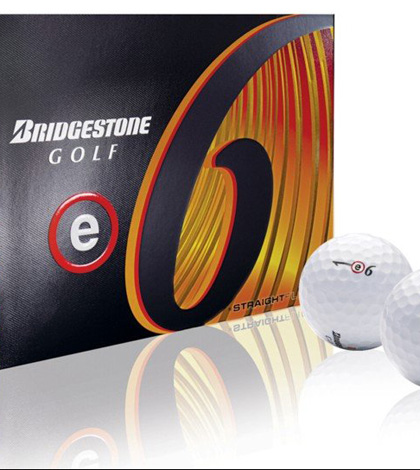
At $26.99 per dozen, Bridgestone’s new E Series golf balls for 2013 won’t provide the same amount of spin and trajectory control as the company’s more expensive tour-caliber golf balls, but for some golfers that could be a good thing. Thanks to swing-speed specific constructions and aerodynamics, the E Series balls will actually help certain golfers hit their shots farther and straighter than they would with tour models.
All golf balls are made to come off the driver with maximum speed, but different balls are created with different materials and constructions that change launch angle and spin. As a general rule, golfers with less swing speed need more spin off their driver to maximize carry distance. Golfers with faster swing speeds and those who struggle with slices and hooks need a golf ball that spins less off the driver.
Bridgestone E5
Target: Golfers with a swing speed around 90 mph.
Construction: To make up for these golfer’s slower swing speeds, which is about 15 to 20 mph less than most PGA Tour players, the E5 is made to spin more off the driver than tour-quality golf balls to help golfers with slower swing speeds hit their drives farther.
“If you’re playing a tour-quality golf ball with a 90 mph swing speed, you’re sacrificing a significant amount of carry distance because the ball is not staying in the air long enough,” said Corey Consuegra, Bridgestone’s golf ball marketing manager.
While the E5 is a two-piece golf ball, it features a urethane cover, a trademark of higher-priced, multi-layer golf balls. Not only does the urethane cover help the E5 spin like higher-priced golf balls around the green — it adds much needed spin with the driver as well.
The E5 also lacks the spin-reducing middle layer featured on the E6 and E7 models, which will give golfers a higher launch and more spin with their woods, hybrids, irons and wedges than the other balls in the line.
Aerodynamics: As with all the 2013 E Series golf balls, the E5 features Bridgestone’s new 226-dimple pattern. It has four less dimples than the previous pattern, which allows the surface coverage to be expanded by 2.5 percent. The E5’s dimples are also shallower than those on the 2011 E5, which gives the ball a higher trajectory for longer carry distances.
Bridgestone E6
Target: Golfers who hook and slice the ball.
Construction: The E6 is Bridgestone’s “spin killer,” which helps golfers who slice and hook the ball reduce spin to hit it farther and straighter. That’s why each of the golf’s balls three layers was designed to help golfers lower the spin on their shots with every club in the bag.
As a general rule, lower compression almost always equates to less spin off the tee. That’s why the E6 has a compression around 50, more than 20 points lower than the compression of the E5, which Consuegra said makes it the softest multi-layer golf ball on the market. While the ball’s surlyn cover won’t spin as much around the greens as the E5’s urethane cover, it is 3 percent softer than the cover on the 2011 model, which gives it a little more check around the greens.
Aerodynamics: The E6’s dimples are deeper than previous models for a lower, straighter trajectory that will be less prone to hook or slice.
Bridgestone E7
Target: Golfers with swing speeds around 100 mph who hit the ball fairly straight.
Construction: The E7 has the firmest compression of all the E Series golf balls – around 75. This gives the E7 a lower trajectory than the lower compression E5 and E6 golf balls.
Golfers with a swing speed around 100 mph who struggle with control might choose Bridgestone’s E6 for its straightness off the tee. However, golfers with swing speeds in that range who hit the ball fairly straight will get more distance with their driver with the E7 because of its firmer core, which was tweaked to be firmer than the 2011 version.
Like the E6, the E7 has a surlyn cover, which means it won’t spin as much on wedge shots as the E5 or other urethane-covered balls.
Aerodynamics: The E7 has four percent shallower dimples than the previous model to push the flight higher.
- LIKE36
- LEGIT5
- WOW5
- LOL6
- IDHT5
- FLOP2
- OB1
- SHANK1
Whats in the Bag
Rasmus Højgaard WITB 2024 (April)
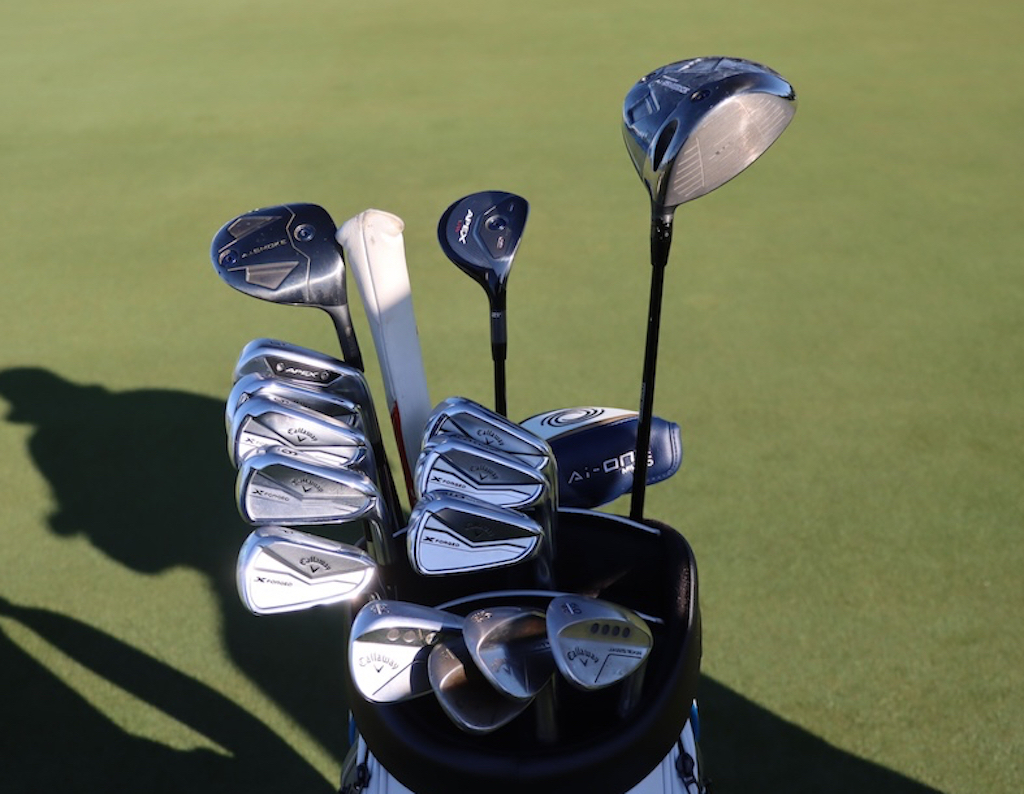
- Rasmus Højgaard what’s in the bag accurate as of the Zurich Classic.
Driver: Callaway Ai Smoke Triple Diamond (10.5 degrees)
Shaft: Mitsubishi Tensei 1K Blue 60 TX
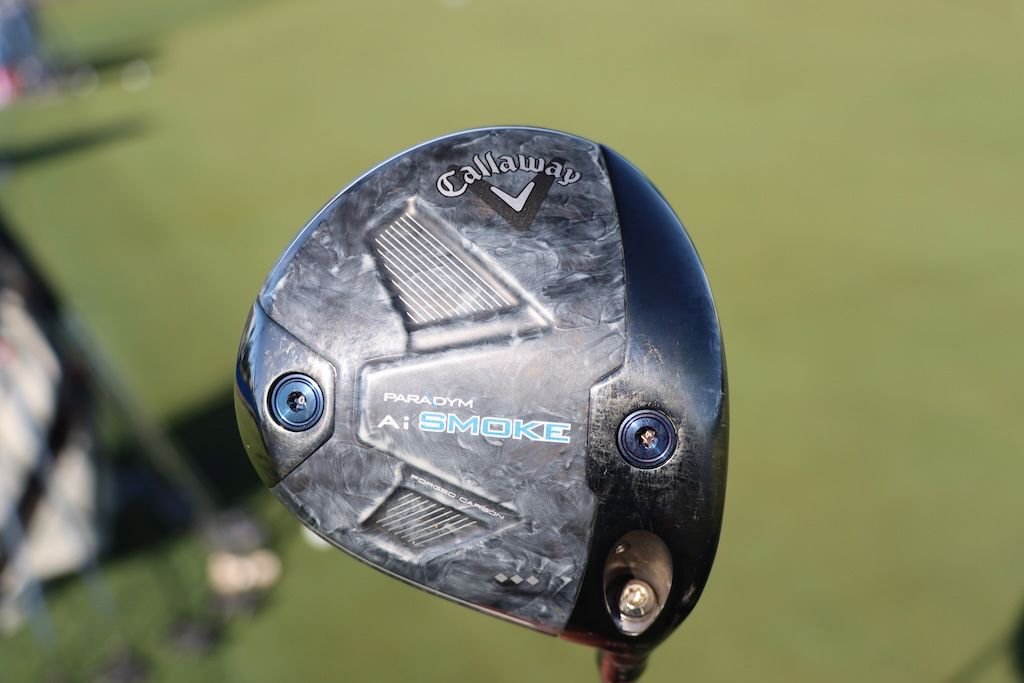
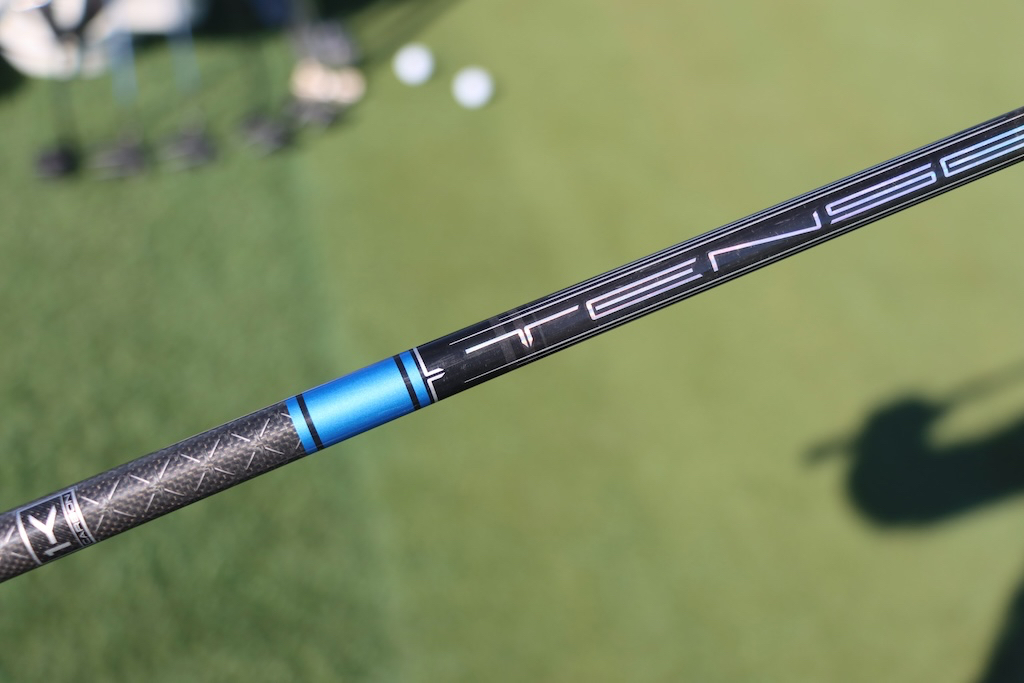
3-wood: Callaway Ai Smoke Triple Diamond Prototype (16.5 degrees)
Shaft: Mitsubishi Tensei 1K White 80 TX
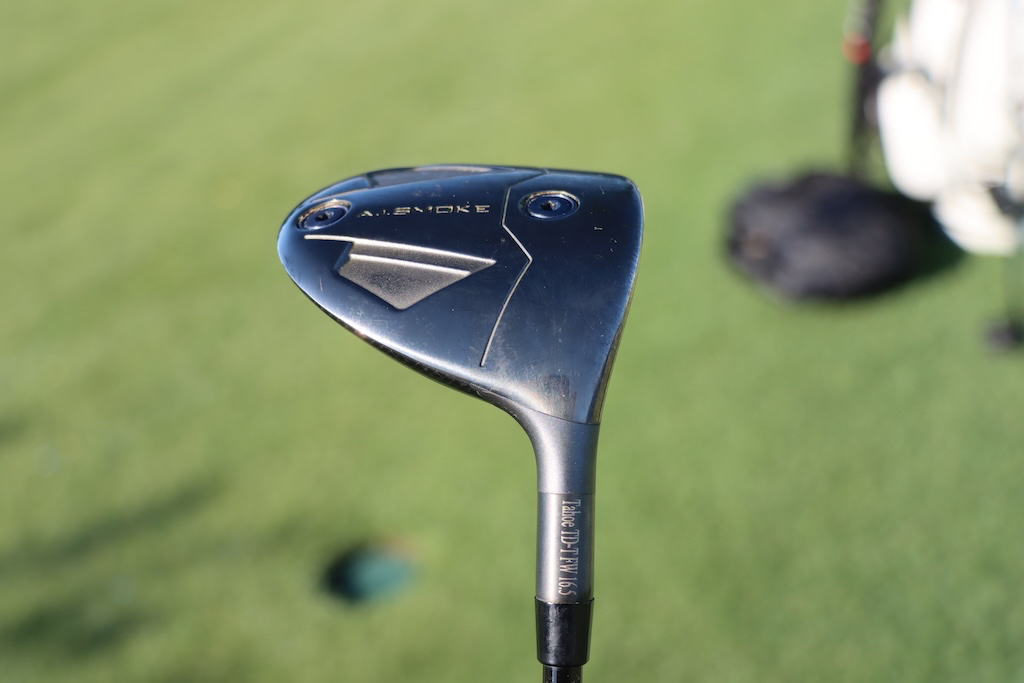
Utility: Callaway Apex UW (21 degrees)
Shaft: Mitsubishi Tensei AV Raw White 85 TX
Irons: Callaway Apex Pro (3), Callaway X Forged (4-PW)
Shafts: KBS $-Taper 130
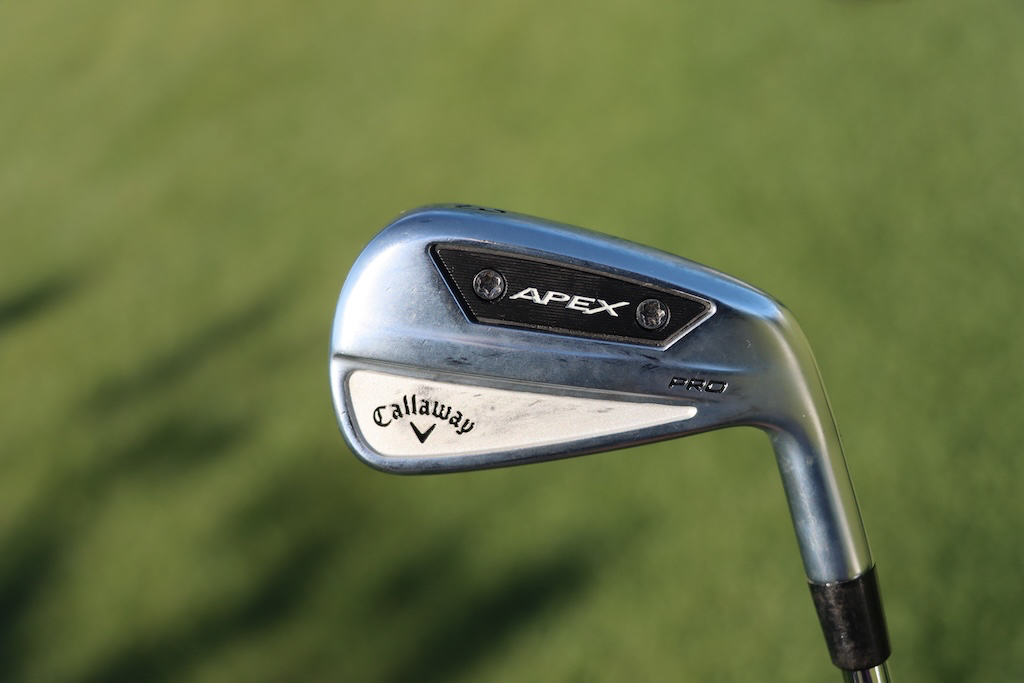
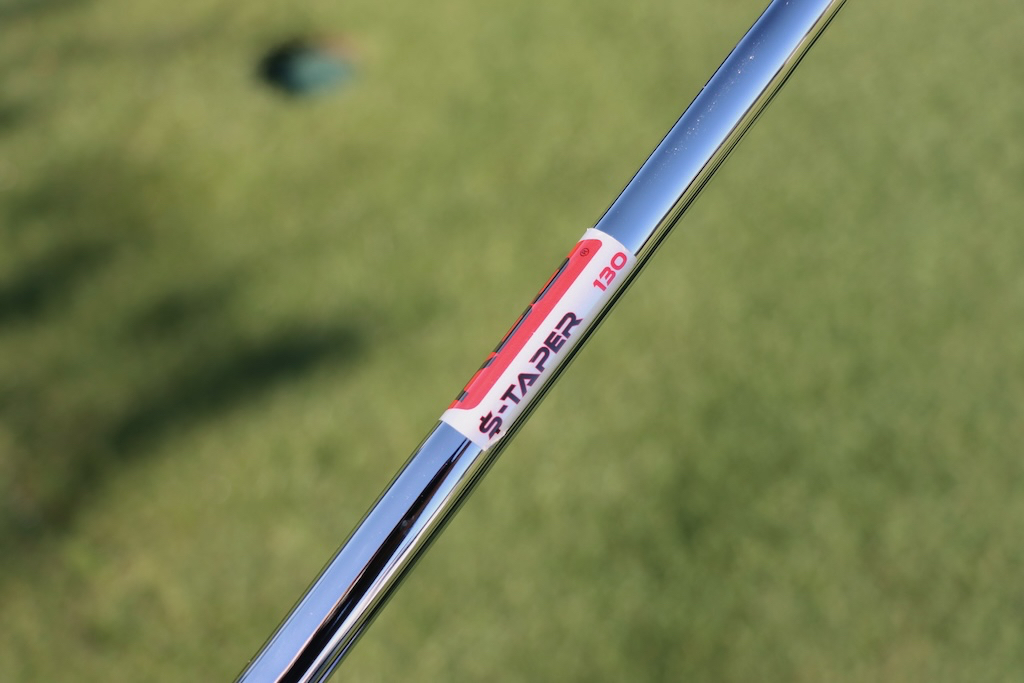
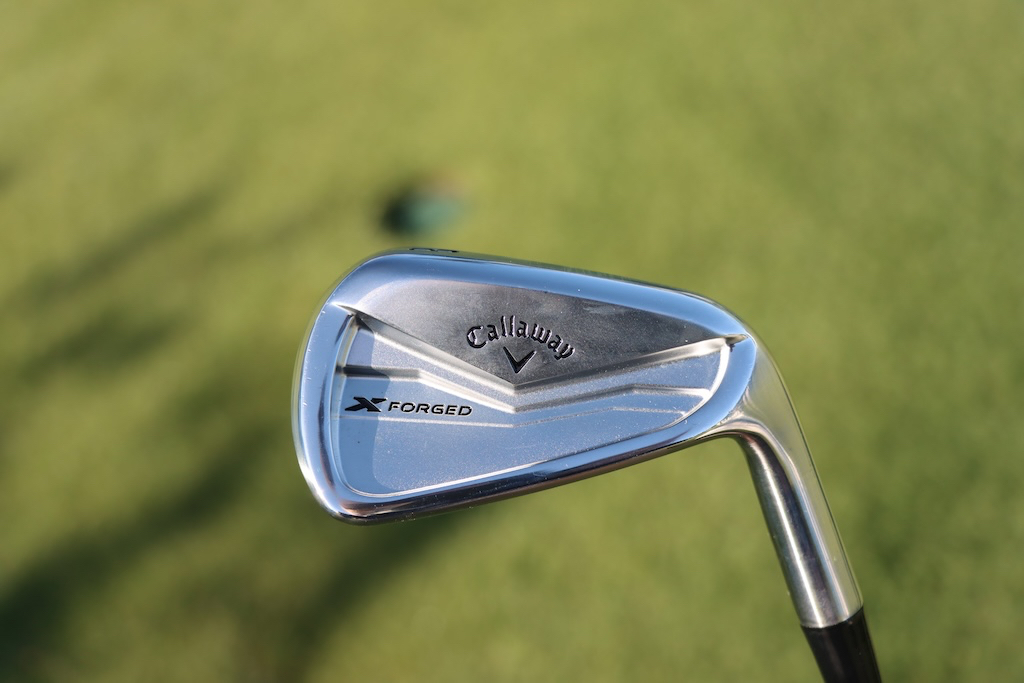
Wedges: Callaway Jaws Raw (52-10S, 56-10S, 60-06C)
Shafts: KBS Tour 130 X
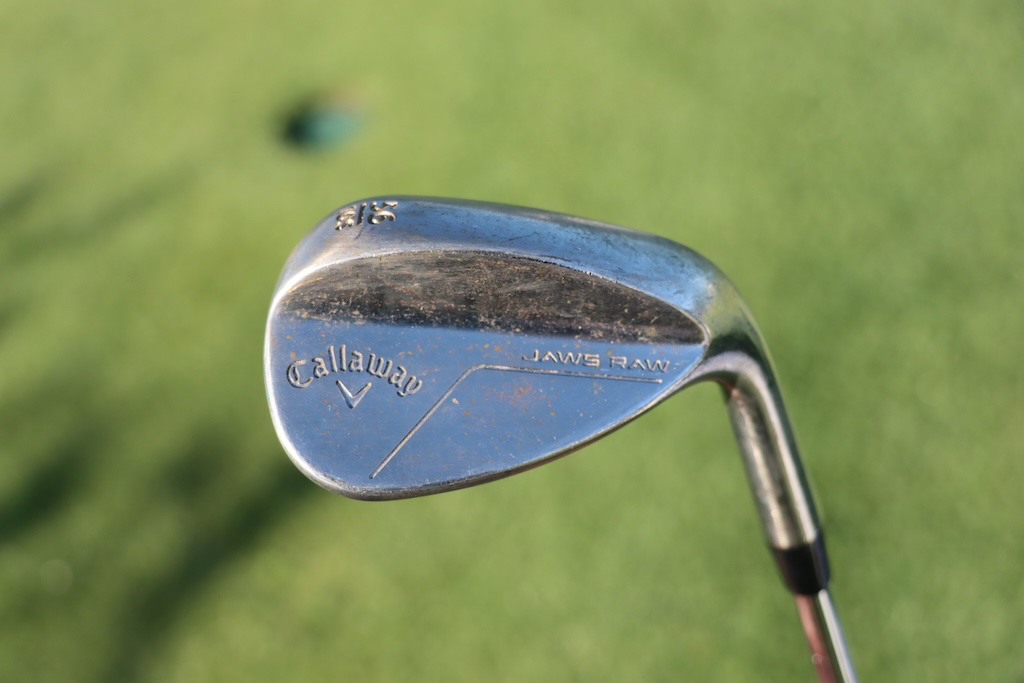
Putter: Odyssey Ai One Milled Eight T DB
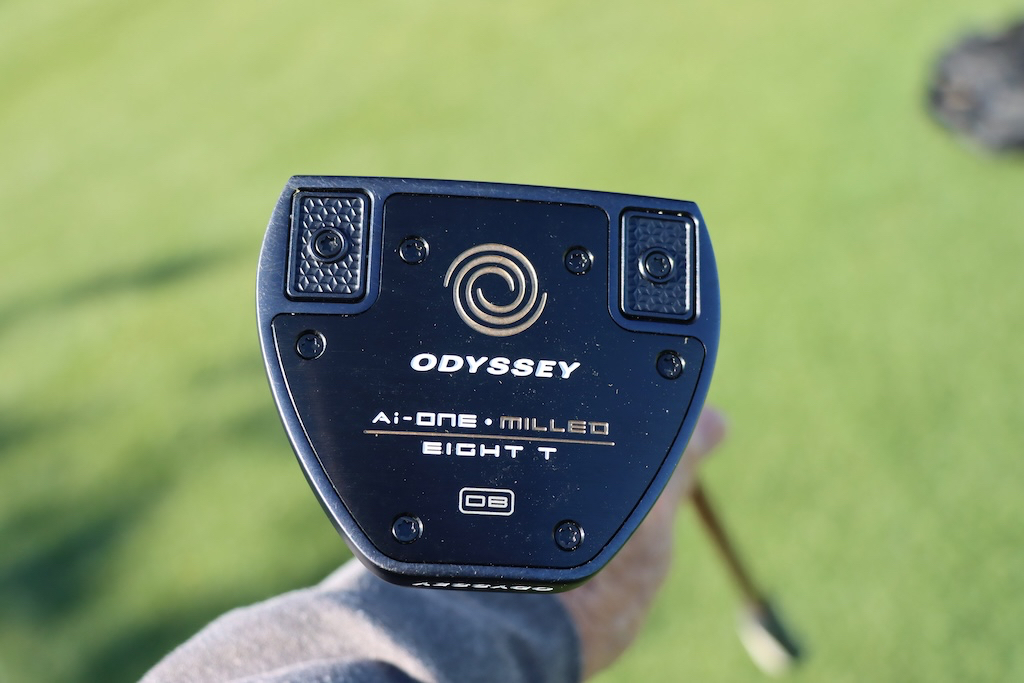
Grips: Golf Pride MCC
Check out more in-hand photos of Hojgaard in the forums.
- LIKE2
- LEGIT0
- WOW0
- LOL0
- IDHT0
- FLOP0
- OB0
- SHANK0
Whats in the Bag
Rory McIlroy WITB 2024 (April)
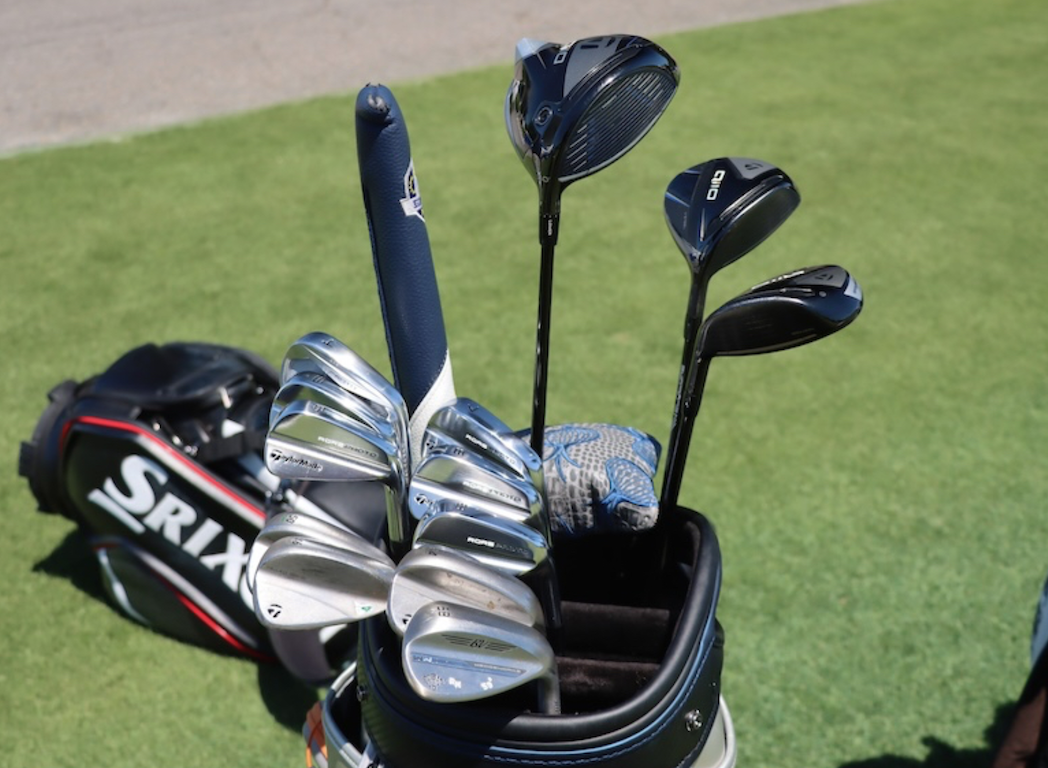
- Rory McIlroy what’s in the bag accurate as of the Zurich Classic.
Driver: TaylorMade Qi10 (9 degrees)
Shaft: Fujikura Ventus Black 6 X
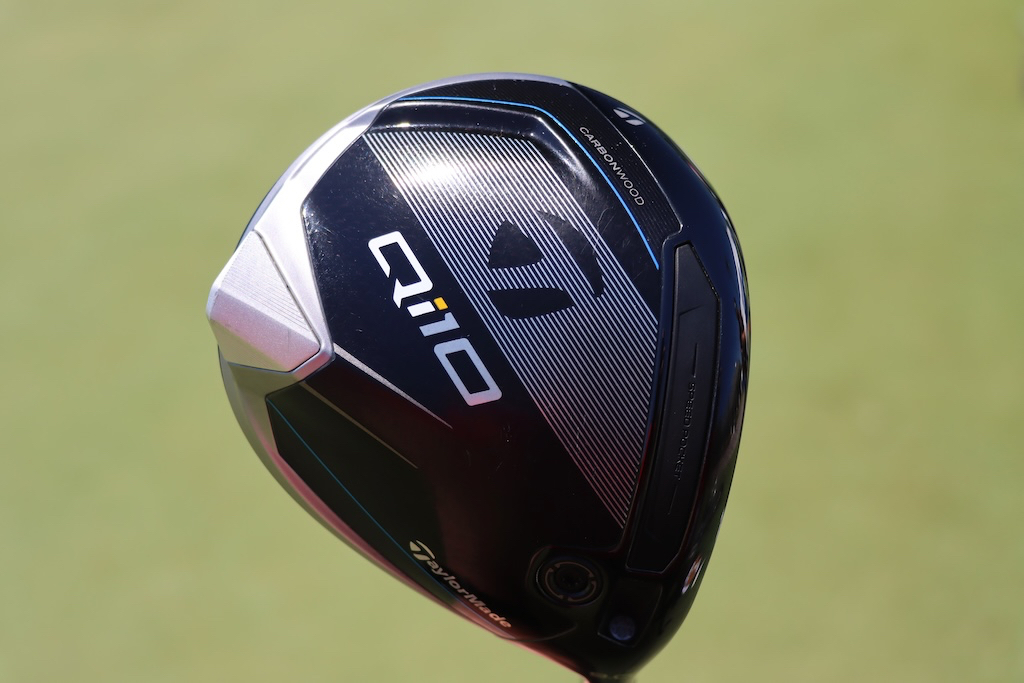
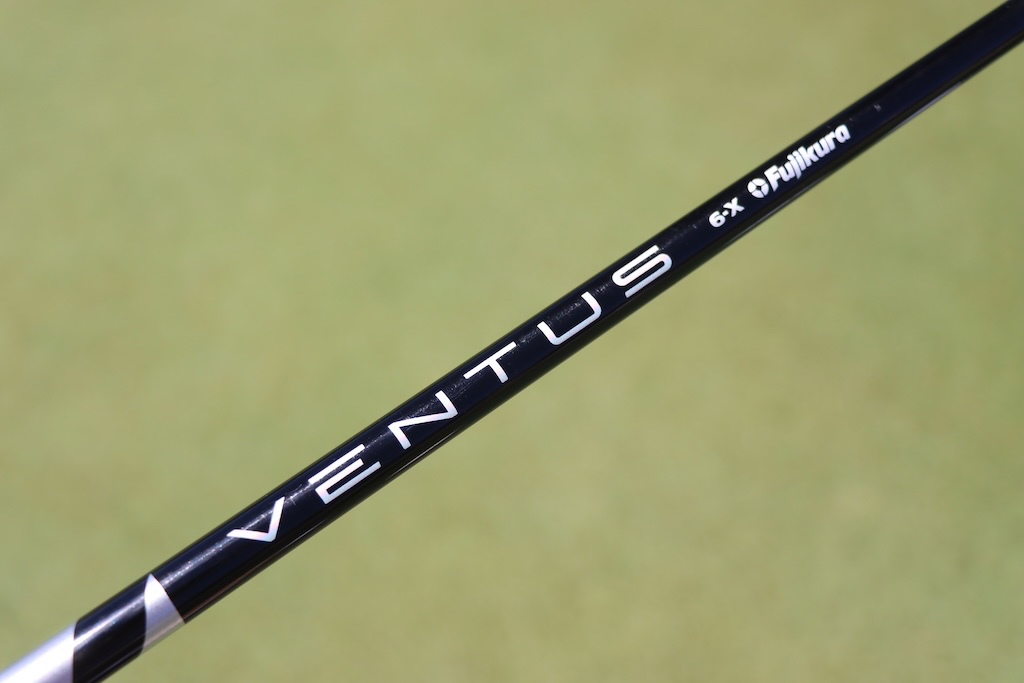
3-wood: TaylorMade Qi10 (15 degrees)
Shaft: Fujikura Ventus Black 8 X
5-wood: TaylorMade Qi10 (18 degrees)
Shaft: Fujikura Ventus Black 9 X
Irons: TaylorMade Proto (4), TaylorMade Rors Proto (5-9)
Shaft: Project X 7.0 (4-9)
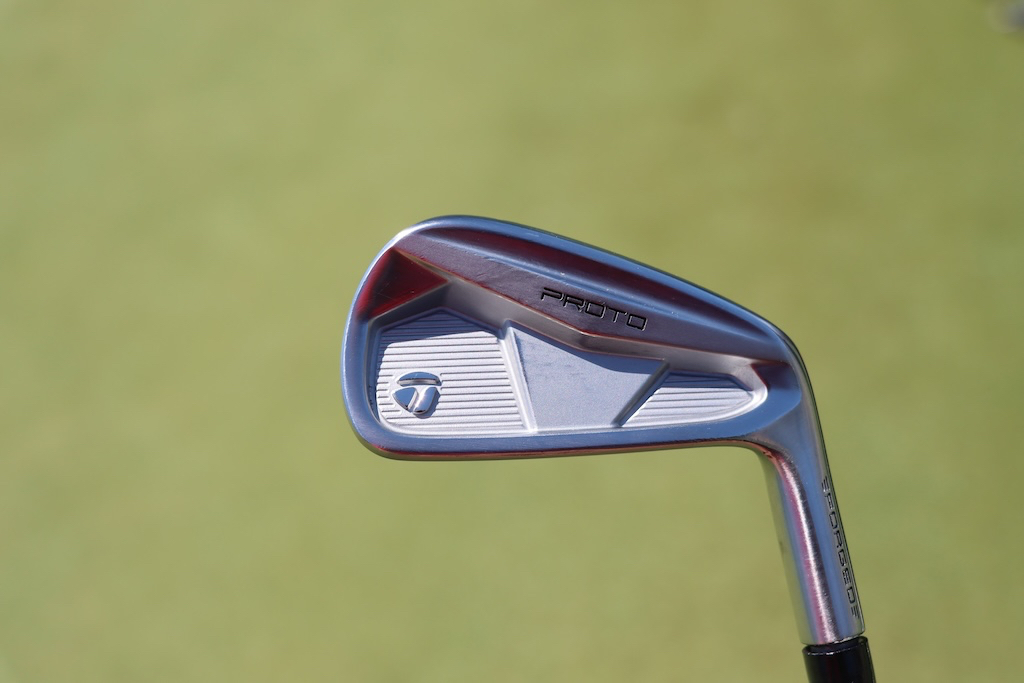

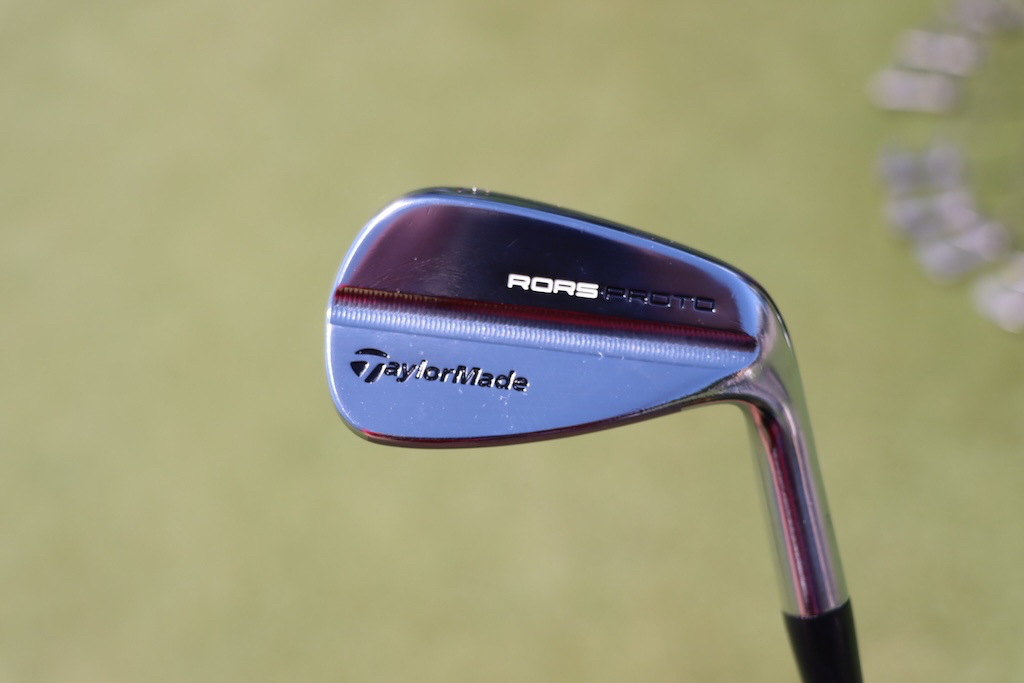
Wedges: TaylorMade MG4 (46-09SB, 50-09SB, 54-11SB), Titleist Vokey Design WedgeWorks (58-K @59)
Shafts: Project X 6.5 (46-54), Project X 6.5 Wedge (60)
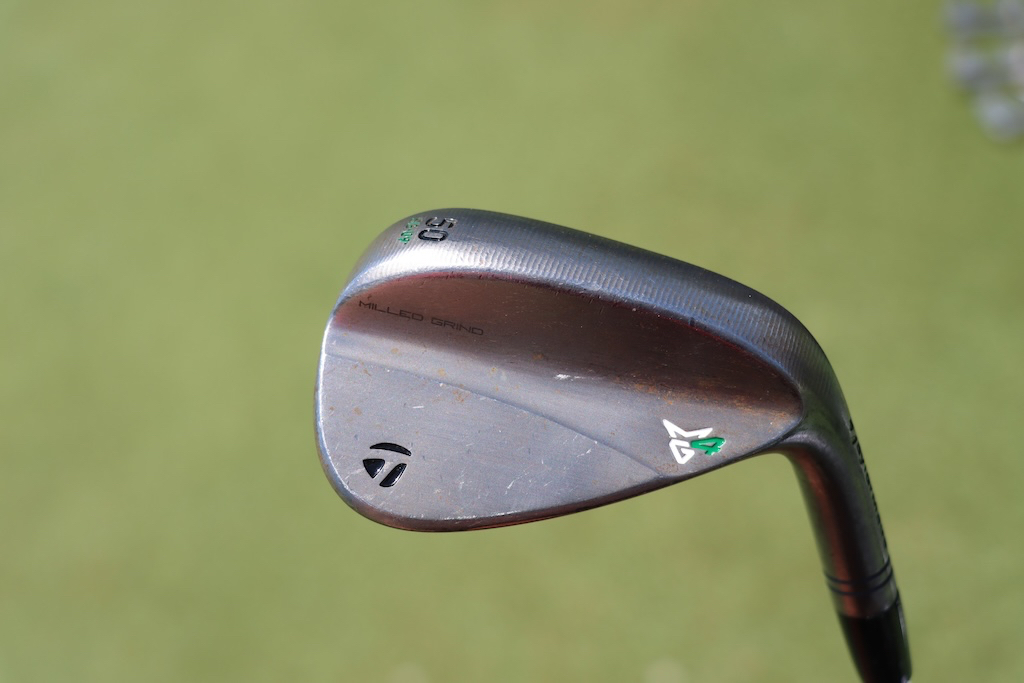
Putter: TaylorMade Spider Tour X3
Grip: SuperStroke Zenergy Pistol Tour
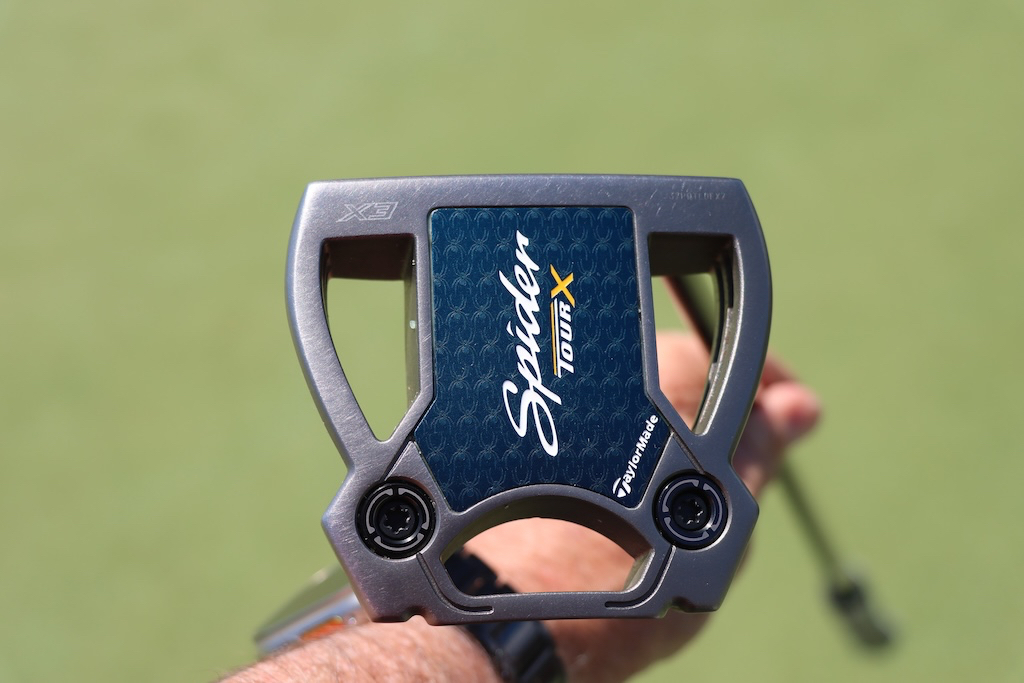
Ball: 2024 TaylorMade TP5x
Grips: Golf Pride MCC
Check out more in-hand photos of Rory McIlroy’s WITB in the forums.
- LIKE3
- LEGIT0
- WOW0
- LOL0
- IDHT0
- FLOP0
- OB0
- SHANK1
Equipment
Spotted: Nate Lashley’s Ping PLD “Wolverine” putter
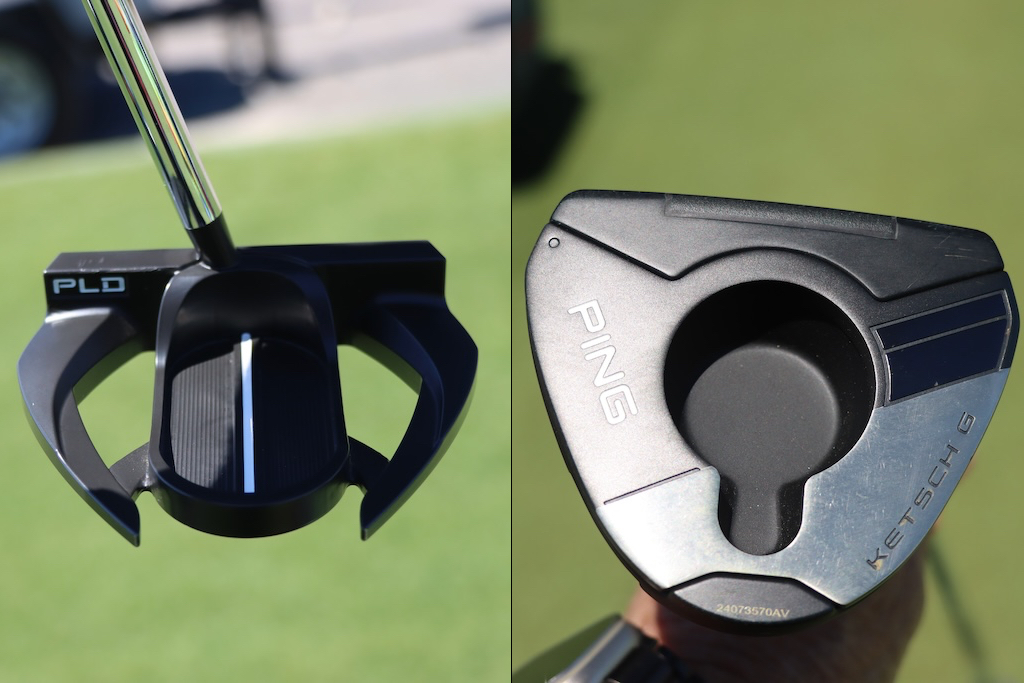
Ping PLD putters have been a very common site on profesional tours. Pros seem to gravitate toward the PLD line’s custom options and precision milling. We have seen the PLD line expanded over the years, but we haven’t seen too many, if any, large mallets.
This week we spotted a PLD putter in Nate Lashley’s bag that has a similar look to the old Ping Wolverine head shape. This putter is a large mallet with the famous “claws” on the outside and oval center that housed the alignment aid.
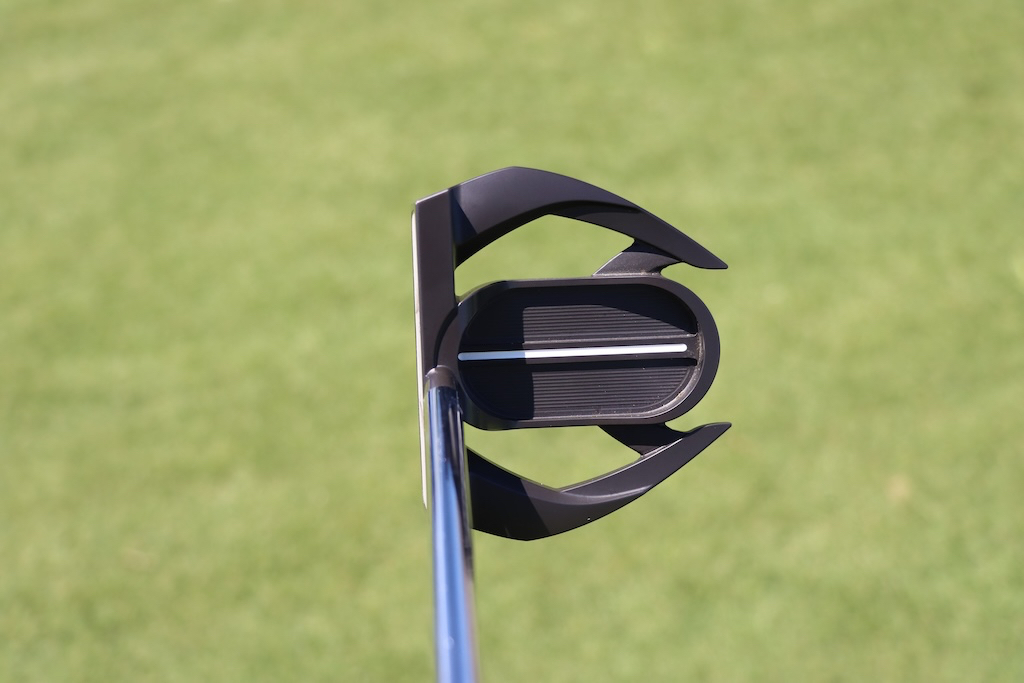
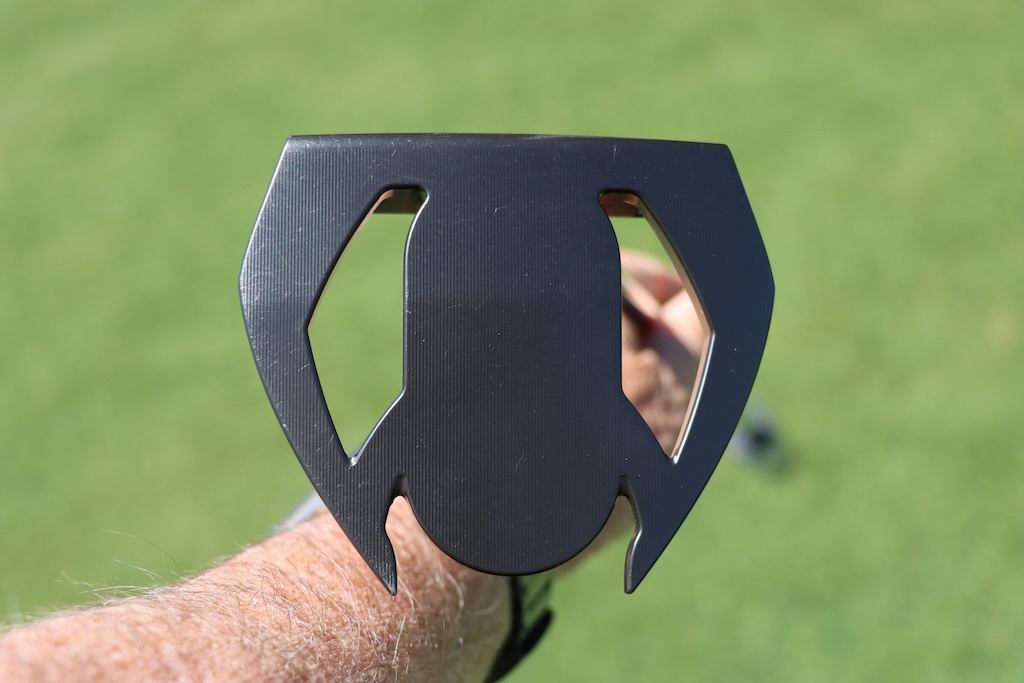
Nick’s putter has the PLD logo on the back but also looks like it might have an insert installed on the face. It is hard to tell but at the address picture, it looks like the face is a lighter material than the rest of the putters. The putter is center-shafted and should be face-balanced with a high MOI for stability and forgiveness on mishits. The sole is completely milled and has no markings of name or technologies that might be present in the head. A single white site line is on the top of the putter for alignment.
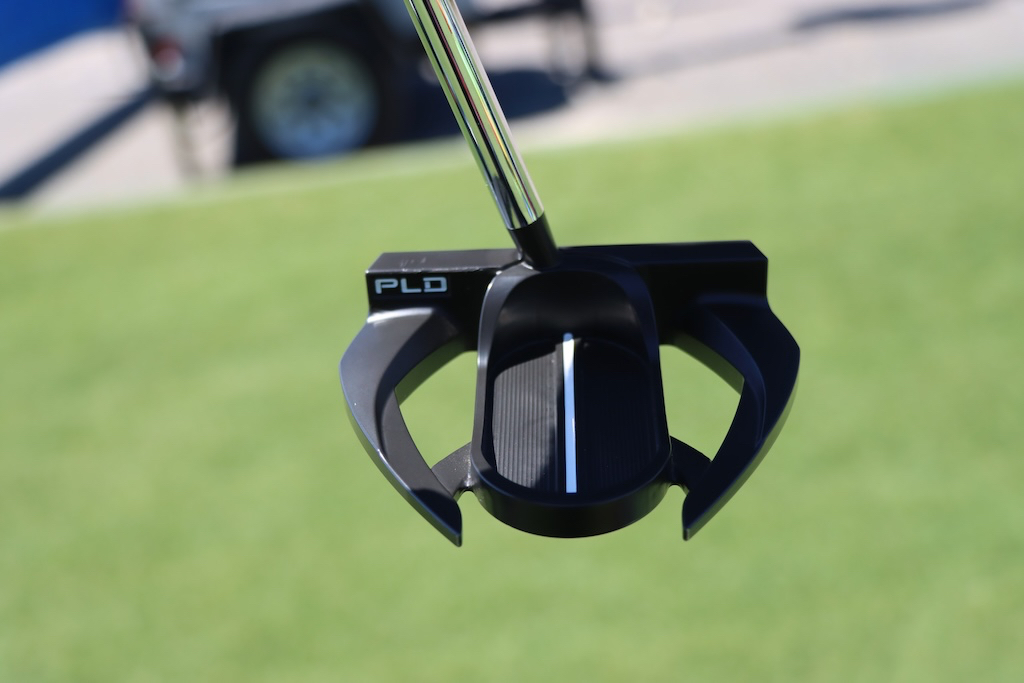

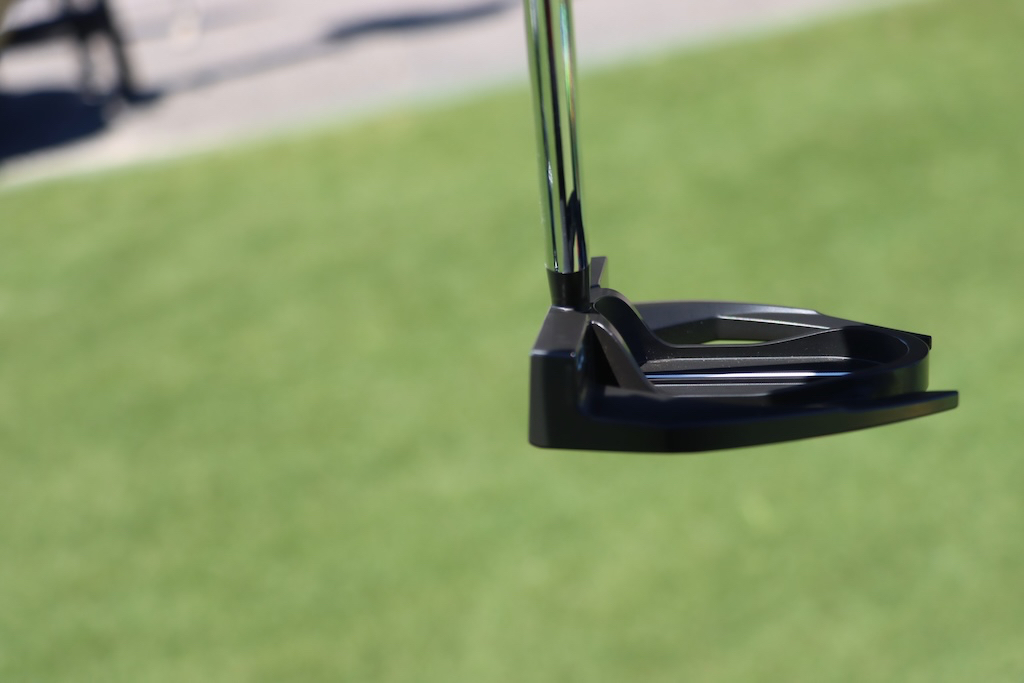
Nick’s putter is finished off with a chrome steel shaft and a Super Stroke Zenergy Flatso 2.0 grip in black and white.
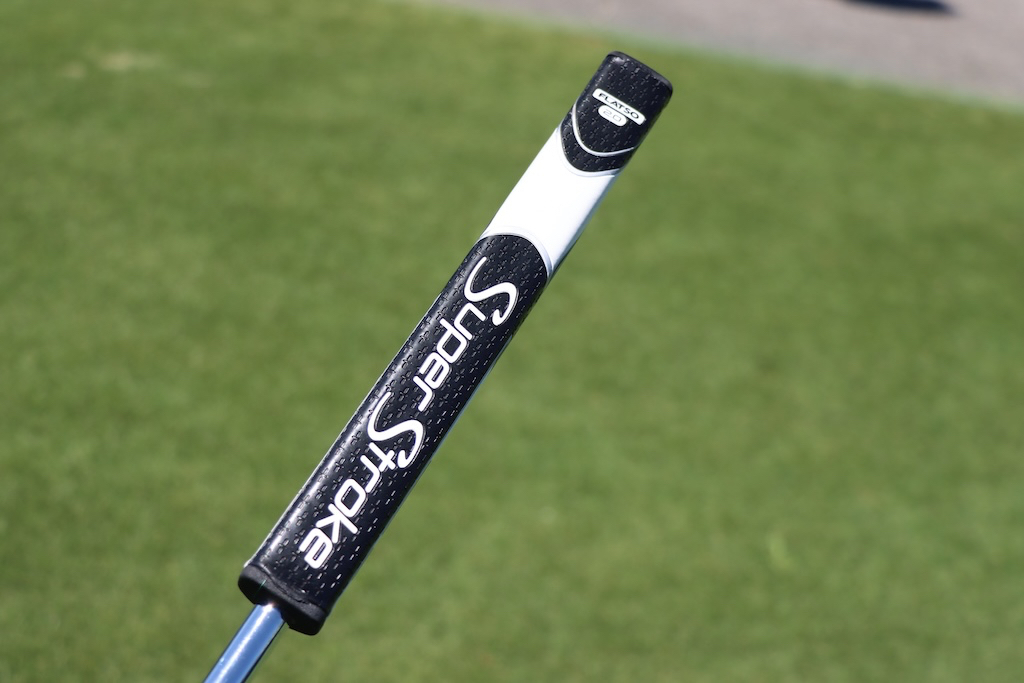
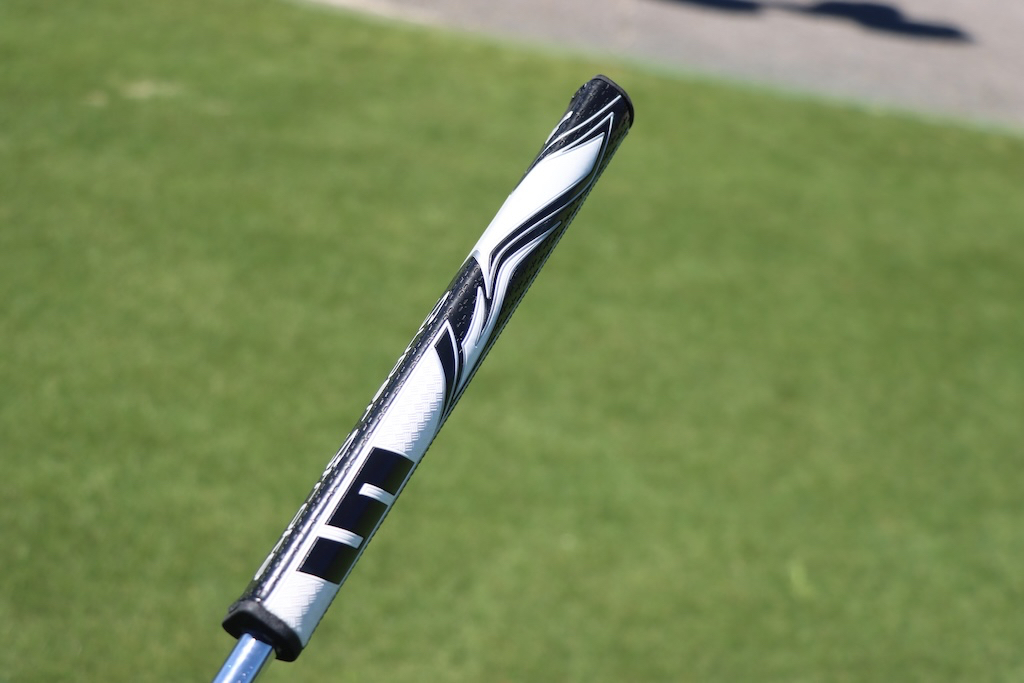
- Check out the rest of our photos from the 2024 Zurich Classic
- LIKE4
- LEGIT3
- WOW1
- LOL0
- IDHT0
- FLOP0
- OB2
- SHANK2
-

 19th Hole2 weeks ago
19th Hole2 weeks agoDave Portnoy places monstrous outright bet for the 2024 Masters
-

 19th Hole2 weeks ago
19th Hole2 weeks agoTiger Woods arrives at 2024 Masters equipped with a putter that may surprise you
-

 19th Hole2 days ago
19th Hole2 days agoJustin Thomas on the equipment choice of Scottie Scheffler that he thinks is ‘weird’
-

 19th Hole2 days ago
19th Hole2 days ago‘Absolutely crazy’ – Major champ lays into Patrick Cantlay over his decision on final hole of RBC Heritage
-

 19th Hole3 weeks ago
19th Hole3 weeks agoReport: Tiger Woods has ‘eliminated sex’ in preparation for the 2024 Masters
-

 19th Hole1 week ago
19th Hole1 week agoTwo star names reportedly blanked Jon Rahm all week at the Masters
-

 19th Hole1 week ago
19th Hole1 week agoReport: LIV Golf identifies latest star name they hope to sign to breakaway tour
-

 19th Hole1 week ago
19th Hole1 week agoNeal Shipley presser ends in awkward fashion after reporter claims Tiger handed him note on 8th fairway

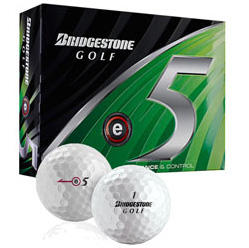
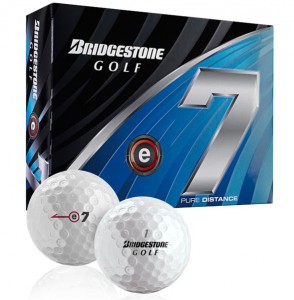


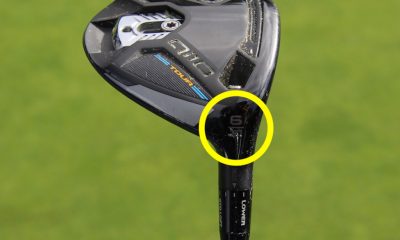

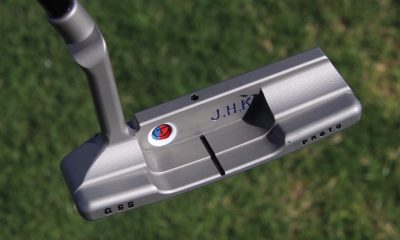



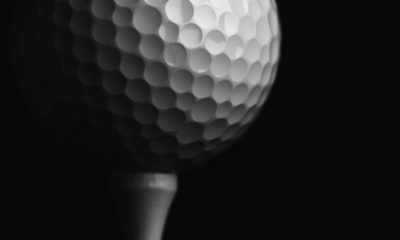

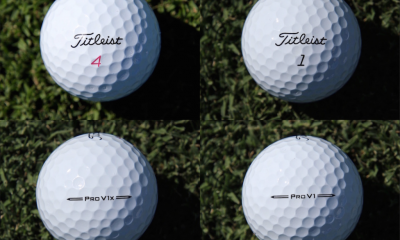

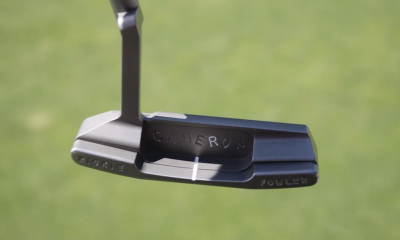













Pingback: Bridgestone Golf Ball Advertising | 10 Minute Golf
Joe Cool
Jun 7, 2013 at 4:00 pm
I found an e6 in the jungle one day. It was a one-hitter that someone had lost. I put it in play (a friend at work uses these) and it’s a very nice ball, good feel. But for 28 buxabox, I’ll stay with my GAMER
V2’s I’ve been using forever. At 20 a carton, you won’t beatem.
Pingback: Bridgestone's 2013 E5, E6 and E7 golf balls – GolfWRX | Golf Grip Instruction